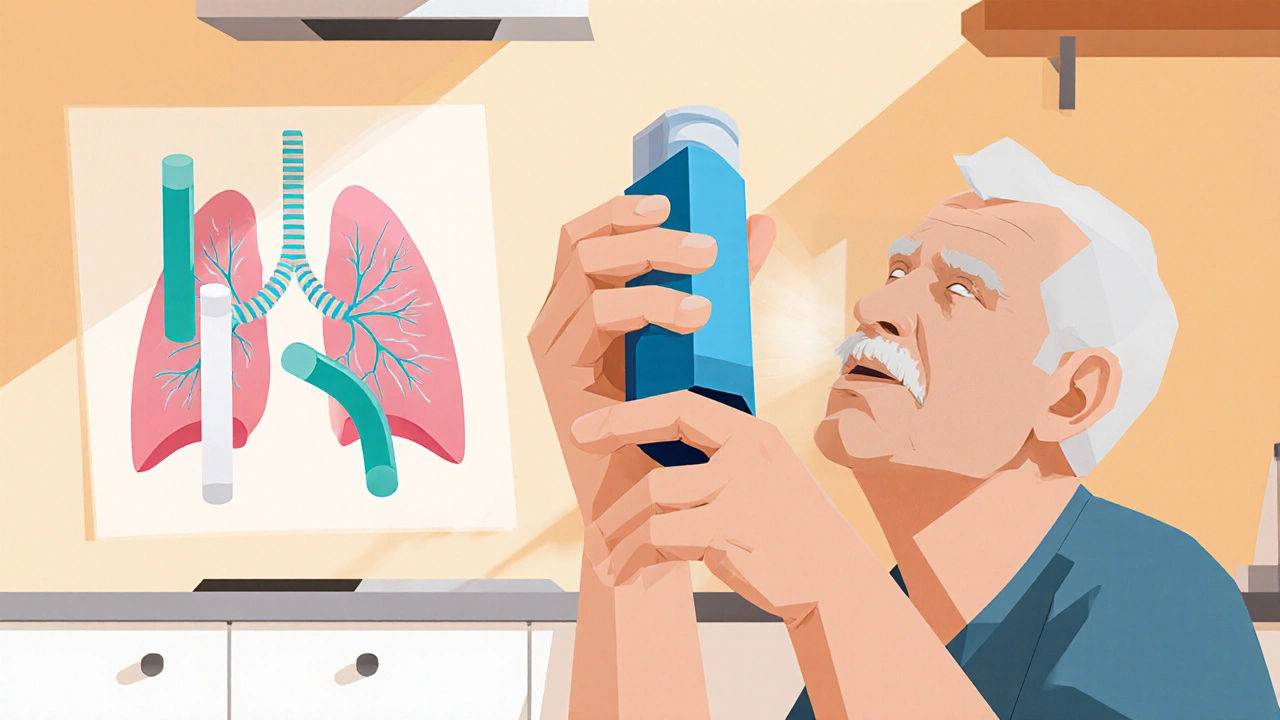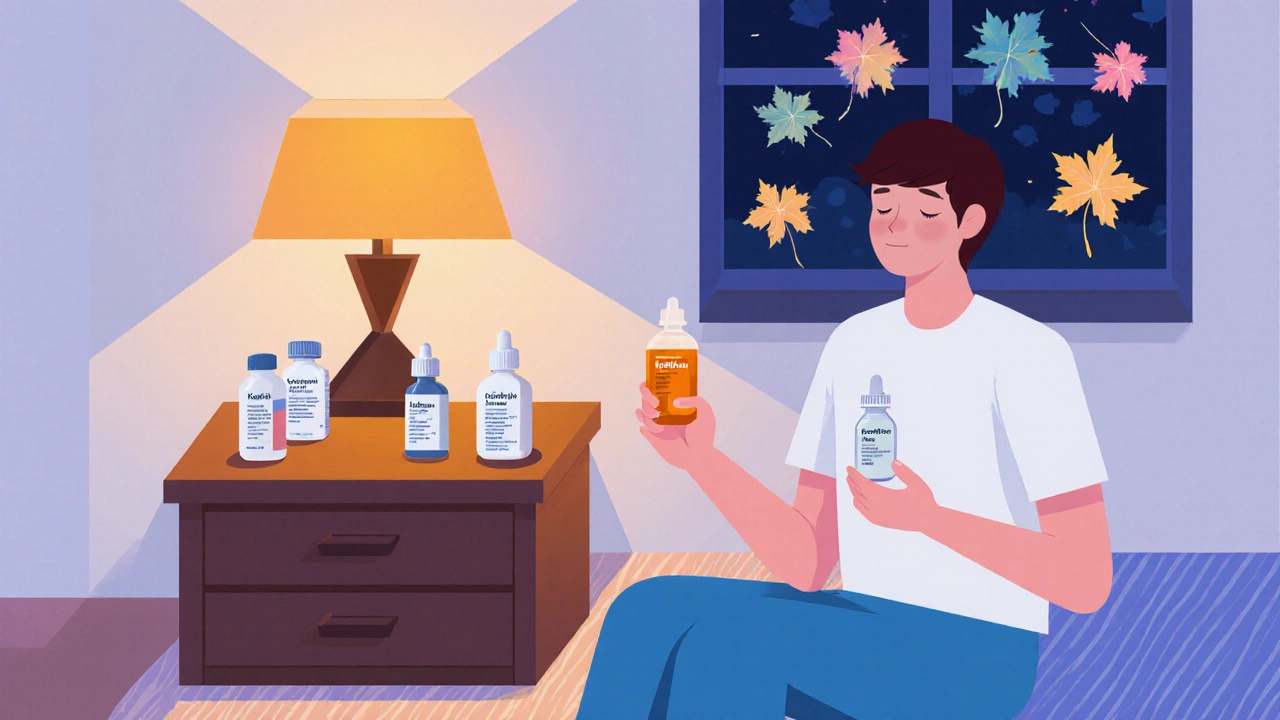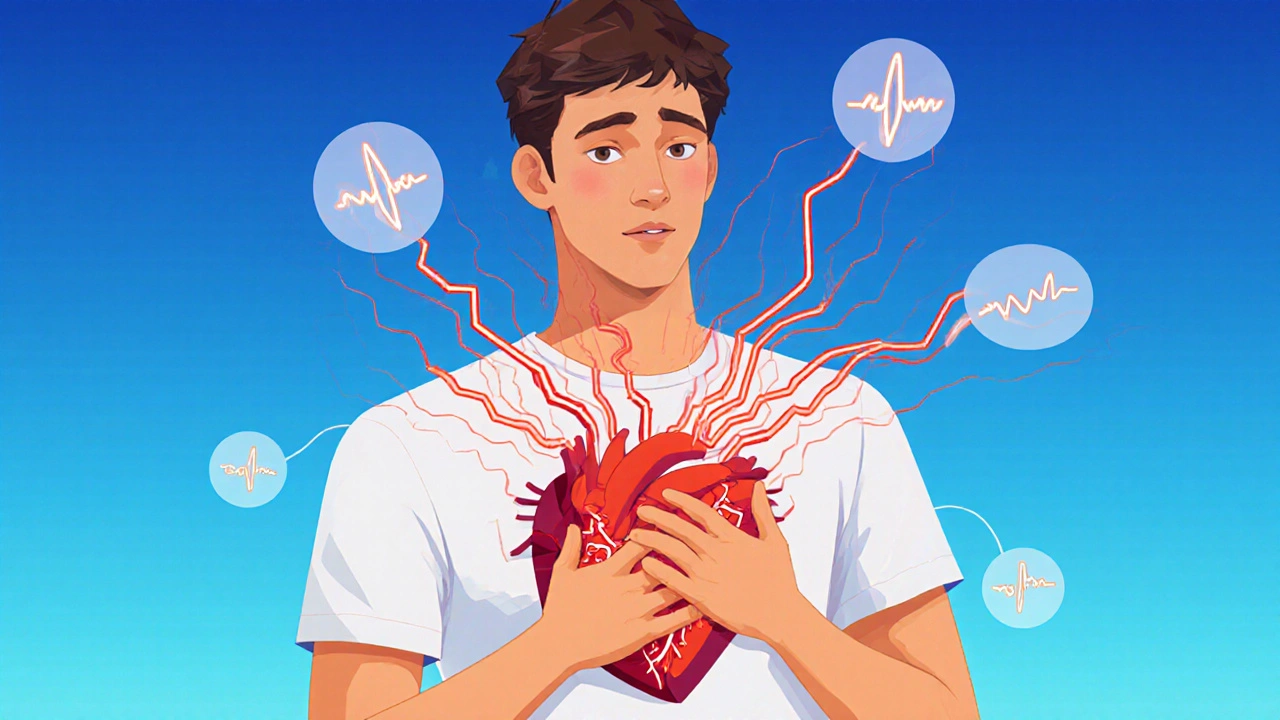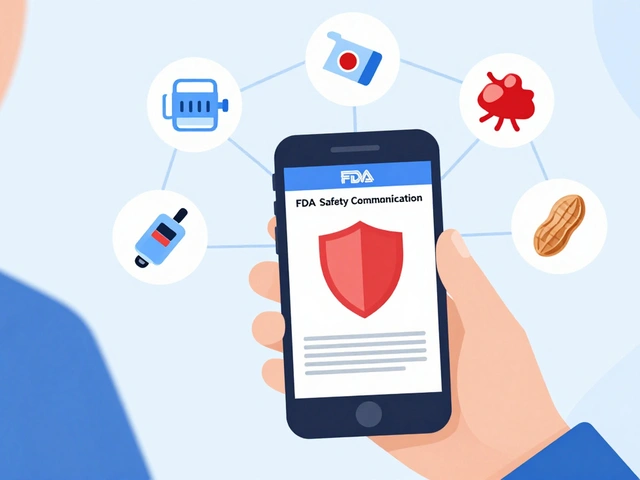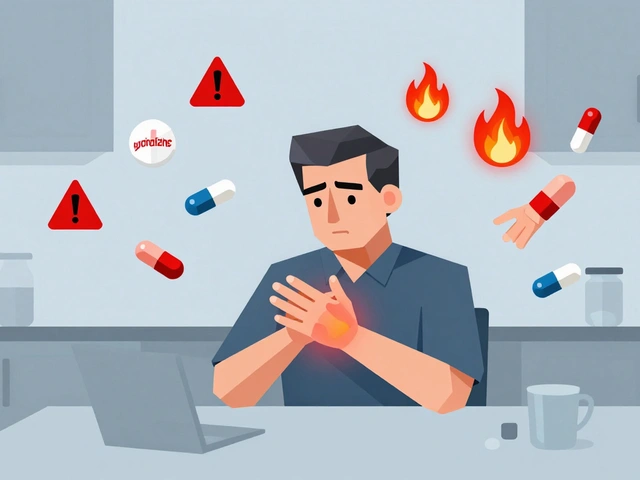Generic Medicines in October 2025: Hormones, Blood Pressure, and Daily Health Tips
When you’re managing your health with generic medicines, affordable, FDA-approved versions of brand-name drugs that work just as well. Also known as generic drugs, they help millions cut costs without losing effectiveness—whether you’re treating high blood pressure, glaucoma, or hormonal imbalances. In October 2025, our focus was on real-world use: how people actually take these meds, what works better, and how to avoid common mistakes.
Many readers asked about emergency contraception, a hormone-based option used after unprotected sex to prevent pregnancy. Also known as levonorgestrel, it’s one of the most trusted over-the-counter choices, and we broke down exactly when to use it, why quality matters, and how it compares to other options. At the same time, others were switching blood pressure meds, drugs that lower pressure by relaxing arteries or removing excess fluid. Also known as antihypertensives, they include common pills like hydrochlorothiazide and verapamil—but side effects and effectiveness vary. We compared Aquazide, Calan, and their alternatives to help people find a better fit. For those with eye conditions, we dug into glaucoma eye drops, medications that reduce pressure inside the eye to prevent vision loss. Also known as intraocular pressure treatments, we looked at Betoptic versus latanoprost and Combigan, showing which works best for different lifestyles and budgets. And if you’re managing COPD, we covered how to use tiotropium bromide inhalers right—because even the best drug fails if you don’t use it properly.
October’s posts didn’t just list drugs. They answered the real questions: How do lifestyle changes cut side effects? Can stress really trigger blood clots? Why do environmental toxins mess with periods? We looked at how yoga helps sclerosis patients, how support groups improve heart condition outcomes, and how to safely buy cheap generic versions of Provera, Accutane, and Clomid online without getting scammed. Every article was built for people who want to understand their treatment—not just follow a prescription.
What you’ll find below is a clear, no-fluff collection of October 2025’s most practical health guides. Whether you’re trying to control your blood pressure, manage allergies, or just learn how to take your pills right, these posts give you what you need—straight from real patient concerns and clinical facts.
Levonorgestrel BP is a safe, over-the-counter emergency contraceptive that helps women prevent pregnancy after unprotected sex. Learn how it works, when to use it, and why quality matters.
Continue reading...
Learn practical, science-backed lifestyle changes-diet, sleep, exercise, and stress management-that can reduce medication side effects and help you feel better without stopping your prescriptions.
Continue reading...
Aquazide (hydrochlorothiazide) is a common blood pressure pill, but many people switch due to side effects or poor control. Compare it to chlorthalidone, indapamide, ARBs, and combo pills to find a better fit for your health needs.
Continue reading...
Compare Betoptic (betaxolol) to other glaucoma eye drops like timolol, latanoprost, and Combigan. Learn which works best, side effects, cost, and when to switch.
Continue reading...
Learn how tiotropium bromide works, master the Respimat inhaler technique, tackle common usage problems, and get practical tips to improve your COPD treatment.
Continue reading...
A comprehensive comparison of Ketotifen with other antihistamines and leukotriene blockers, covering efficacy, side effects, cost, and best-use scenarios.
Continue reading...
Explore the full story of sulfamethoxazole-from its 1960s discovery and FDA approval to modern resistance challenges and future formulations. A practical guide for clinicians and health enthusiasts.
Continue reading...
Explore how support groups help hypertrophic subaortic stenosis patients and families manage emotions, stay informed, and improve health outcomes.
Continue reading...
A clear, up‑to‑date guide on supraventricular tachycardia for patients, covering symptoms, diagnosis, treatment options and day‑to‑day management.
Continue reading...
Learn how to balance exercise with overactive bladder symptoms using low‑impact cardio, pelvic floor training, fluid tips, and a weekly workout plan.
Continue reading...





